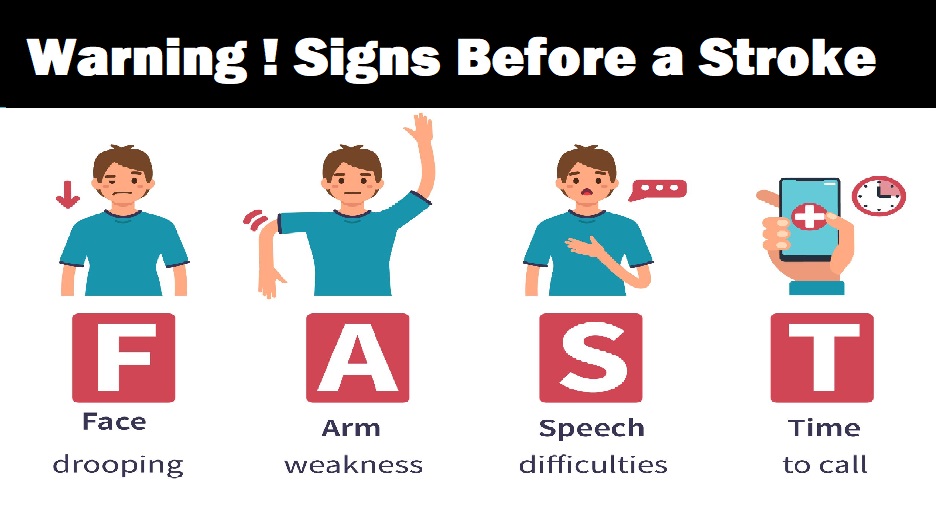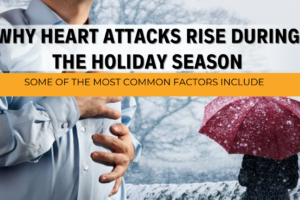Introduction: A stroke can be a life-changing event, often causing significant disability or even death. However, recognizing the warning signs before a stroke can help you get the timely medical attention you need to prevent or minimize its impact. In this article, we’ll discuss the warning signs before a stroke and what you can do to reduce your risk.
Section 1: What Is a Stroke?
A stroke occurs when the blood supply to part of the brain is interrupted or reduced, causing brain cells to die. There are two main types of strokes: ischemic and hemorrhagic. Ischemic strokes are caused by a blockage or clot in a blood vessel supplying blood to the brain. Hemorrhagic strokes, on the other hand, are caused by bleeding in the brain.
Section 2: Warning Signs Before a Stroke
The warning signs of a stroke can vary depending on the type and severity of the stroke. Here are some common warning signs to look out for:
- Sudden weakness or numbness in the face, arm, or leg, especially on one side of the body
- Sudden confusion, trouble speaking, or understanding others
- Sudden trouble seeing in one or both eyes
- Sudden trouble walking, dizziness, loss of balance, or coordination
- Sudden severe headache with no known cause
If you experience any of these warning signs, it’s essential to seek medical attention right away. Time is crucial when it comes to treating strokes, and the sooner you receive treatment, the better your chances of recovery.
Section 3: Risk Factors for Stroke
Several risk factors can increase your chances of having a stroke. Some of the most common risk factors include:
- High blood pressure
- Smoking
- Diabetes
- High cholesterol
- Obesity
- Family history of stroke or heart disease
Reducing your risk of stroke involves making lifestyle changes, such as quitting smoking, exercising regularly, eating a healthy diet, and managing chronic conditions like high blood pressure and diabetes.
Section 4: Frequently Asked Questions (FAQs)
Q: What should I do if I think someone is having a stroke?
A: If you suspect someone is having a stroke, call 911 right away. The sooner they receive medical attention, the better their chances of recovery.
Q: Can strokes be prevented?
A: While strokes can’t always be prevented, there are steps you can take to reduce your risk. These include making lifestyle changes like quitting smoking, exercising regularly, and managing chronic conditions like high blood pressure and diabetes.
Q: What causes a stroke?
A: A stroke occurs when blood flow to the brain is interrupted or reduced, usually due to a blockage or rupture of a blood vessel in the brain.
Q: Who is at risk for a stroke?
A: Anyone can have a stroke, but certain factors can increase the risk, such as high blood pressure, smoking, diabetes, obesity, high cholesterol, and a family history of stroke.
Q: How can I prevent a stroke?
A: You can reduce your risk of having a stroke by adopting a healthy lifestyle, such as maintaining a healthy weight, exercising regularly, eating a balanced diet, quitting smoking, and managing conditions like high blood pressure and diabetes.
Q: What should I do if I think I am having a stroke?
A: If you experience any warning signs of a stroke, seek immediate medical attention by calling 911 or your local emergency services.
Q: What is the treatment for a stroke?
A: The treatment for a stroke depends on the type and severity of the stroke. In some cases, medication may be used to dissolve blood clots, while in other cases

























[…] Warning Signs Before a Stroke […]